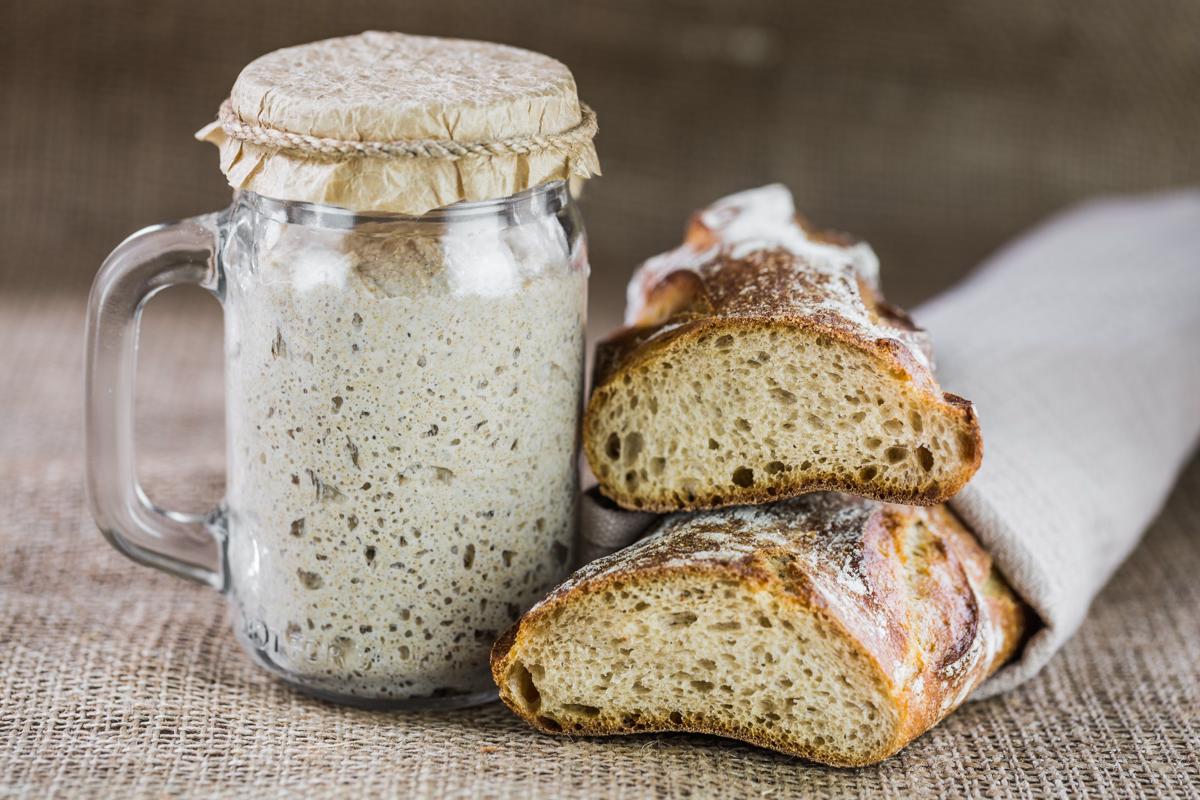

Articles
How To Store Sourdough Discard
Modified: December 7, 2023
Learn how to store and use your sourdough discard with these helpful articles, ensuring you never waste any of this precious baking resource.
(Many of the links in this article redirect to a specific reviewed product. Your purchase of these products through affiliate links helps to generate commission for Storables.com, at no extra cost. Learn more)
Introduction
Welcome to the world of sourdough baking! If you are a sourdough enthusiast, you may be familiar with the term “sourdough discard.” Sourdough discard refers to the portion of sourdough starter that is removed and discarded during the feeding process. While it may seem counterintuitive to throw away a portion of your precious sourdough starter, it is actually necessary to maintain a healthy and active culture.
However, just because you discard part of your sourdough starter doesn’t mean it has to go to waste. In fact, there are several great ways to utilize or store sourdough discard, ensuring that nothing goes to waste and that you can continue to enjoy the incredible flavors and textures that sourdough baking brings.
In this article, we will explore the importance of storing sourdough discard and the best practices for doing so. We will also discuss various methods you can use to store your sourdough discard, including refrigerating, freezing, and dehydrating. Additionally, we will provide some tips and tricks to help you make the most out of your stored sourdough discard.
Whether you are an experienced baker or just starting your sourdough journey, learning how to store sourdough discard is a game-changer. Not only does it save you money and reduce waste, but it also opens up a world of possibilities for incorporating sourdough discard into a wide range of delicious baked goods.
So, let’s dive in and discover the best ways to store your sourdough discard, ensuring that you always have an abundant supply on hand for all your baking endeavors!
Key Takeaways:
- Don’t let your sourdough discard go to waste! By storing it in the refrigerator, freezer, or dehydrating it, you can minimize waste, save money, and enhance the flavor of your baked goods.
- Experiment with different recipes and share your stored sourdough discard with others to foster a sense of community and collaboration among fellow bakers. Storing sourdough discard opens up a world of culinary possibilities and reduces waste.
Read more: How To Store Sourdough Discard In The Fridge
What is Sourdough Discard?
To understand sourdough discard, we must first familiarize ourselves with sourdough starter. Sourdough starter is a mixture of flour and water that contains naturally occurring wild yeast and beneficial bacteria. This combination of microorganisms ferments the mixture, giving it the distinct flavor and rise characteristic of sourdough bread.
During the process of maintaining a sourdough starter, it needs to be regularly fed to keep the yeast and bacteria active and healthy. This feeding involves discarding a portion of the starter and replenishing it with fresh flour and water. The portion that is discarded is what we refer to as sourdough discard.
Sourdough discard is typically removed to maintain the appropriate ratio of flour to water in the starter. Without regular discarding and feeding, the starter can become imbalanced or overfermented, resulting in less desirable baking outcomes.
While some bakers choose to incorporate the discard into their recipes, such as pancakes or waffles, others prefer to store it for future use. Storing sourdough discard allows you to collect and accumulate a larger amount over time, making it more convenient to incorporate into various baked goods or even to share with other bakers who may be in need of a sourdough starter.
It’s important to note that sourdough discard does not have the same active fermentation properties as a freshly fed starter. This is because the discard has been separated from the portion that contains the bulk of the active yeast and bacteria. However, it still retains the unique sourdough flavor and can contribute to the texture and taste of the final baked products in different ways.
Now that we have a better understanding of what sourdough discard is, let’s explore why it is important to store it and how to do so effectively.
Why is it Important to Store Sourdough Discard?
Storing sourdough discard is a valuable practice for several reasons. Let’s take a closer look at why it is important:
- Reducing Waste: Sourdough discard is a byproduct of maintaining a sourdough starter. Instead of throwing it away, storing it allows you to minimize waste and make the most out of your baking efforts.
- Cost-Effective: Sourdough baking can be a rewarding but costly endeavor, especially if you constantly have to replenish your starter. By storing sourdough discard, you can save money by using it in place of fresh flour and water when baking.
- Flavor Enhancement: Sourdough discard, even though it is not as actively fermented as a fed starter, still contains the unique flavors that make sourdough bread so delicious. By storing and incorporating your discard into recipes, you can enhance the flavors of various baked goods.
- Recipe Versatility: Sourdough discard can be a versatile ingredient in your baking repertoire. Whether you use it in pancakes, waffles, muffins, or bread, it adds complexity and depth to your creations. By storing your discard, you ensure that you always have it on hand to experiment with different recipes.
- Sharing and Community: Storing sourdough discard not only benefits you but also provides an opportunity to share with others. It’s a wonderful way to connect with fellow bakers who may be in need of a sourdough starter or are looking for new ways to incorporate discard into their baking projects.
By understanding the importance of storing sourdough discard, you can fully appreciate its value and the impact it can have on your baking endeavors. Now, let’s explore the best practices for storing sourdough discard to ensure its freshness and usability over time.
Best Practices for Storing Sourdough Discard
When it comes to storing sourdough discard, there are a few key practices to follow to ensure its quality and usability. By implementing these best practices, you can extend the shelf life of your discard and maintain its flavor and texture for future baking adventures. Here are some tips to consider:
- Transfer to a Clean Container: When you have leftover sourdough discard, transfer it to a clean and airtight container. Make sure the container is large enough to accommodate future discards as well.
- Label and Date: It is essential to label the container with the date when the discard was stored. This will help you keep track of its freshness and determine when to use it.
- Store in the Refrigerator: The most common method for storing sourdough discard is in the refrigerator. This helps slow down the fermentation process and extends its usability. Keep the container sealed tightly to prevent any absorption of odors from other foods in the fridge.
- Consider Freezing: If you don’t plan to use your discard within a week or two, freezing can be a great option. Transfer the discard to an airtight freezer-safe container or wrap it tightly in freezer-safe bags to prevent freezer burn.
- Dehydrate for Long-Term Storage: Another method to store sourdough discard is by dehydrating it. Spread the discard thinly on a parchment-lined baking sheet and allow it to air dry, or use a dehydrator if you have one. Once completely dry and crisp, store it in an airtight container in a cool, dry place.
- Regularly Feed and Use: While storing sourdough discard is convenient, it’s important to periodically feed a portion of the stored discard to maintain its viability. This involves removing a small amount from the stored discard, feeding it with fresh flour and water, and allowing it to ferment for a few hours before using in your recipes.
By following these best practices, you can store your sourdough discard effectively and ensure that it remains fresh and usable for an extended period. Now, let’s explore the different methods of storing sourdough discard – refrigerating, freezing, and dehydrating – in more detail.
Method 1: Refrigerating Sourdough Discard
Refrigerating sourdough discard is one of the most common and straightforward methods of storing it. The cool temperature of the refrigerator slows down the fermentation process, keeping the discard fresh for a longer period. Here’s how you can refrigerate your sourdough discard:
- Transfer the Discard to a Clean Container: Start by transferring your sourdough discard to a clean and airtight container. It’s best to use a container that is large enough to hold future discards as well.
- Label and Date the Container: It’s important to label the container with the date when the discard was stored. This will help you keep track of its freshness and determine when to use it.
- Seal the Container Tightly: Ensure that the container is tightly sealed to prevent any air from entering and drying out the discard.
- Place in the Refrigerator: Locate a space in your refrigerator where the container of sourdough discard can be stored without being disturbed or knocked over. Avoid placing it near foods with strong odors, as the discard can absorb those odors.
- Periodically Feed and Use: While stored in the refrigerator, periodically remove a portion of the discard and feed it with fresh flour and water. Allow it to ferment for a few hours before using it in your recipes. This helps maintain the viability of the discard and keeps it active.
By refrigerating your sourdough discard, you can keep it fresh and usable for up to a week or possibly even longer, depending on its overall health and condition. This method provides convenience and allows you to have an ongoing supply of discard readily available for your baking needs.
Now that you know how to refrigerate your sourdough discard, let’s explore another method of storing it – freezing.
Store sourdough discard in a sealed container in the refrigerator for up to a week. You can also freeze it for longer storage. Label the container with the date to keep track of freshness.
Read more: How To Store Discarded Sourdough Starter
Method 2: Freezing Sourdough Discard
Freezing your sourdough discard is an excellent method for long-term storage. By freezing the discard, you can extend its shelf life and ensure that it remains usable for several months. Here’s a step-by-step guide on how to freeze your sourdough discard:
- Transfer the Discard to Freezer-Safe Containers: Start by transferring your sourdough discard to freezer-safe containers. You can use small airtight containers or even ice cube trays if you prefer smaller portions. Alternatively, you can wrap the discard tightly in freezer-safe bags.
- Label and Date the Containers: It’s crucial to label the containers with the date when the discard was frozen. This will help you track its freshness and ensure that you use the oldest discard first.
- Remove Excess Air: If using freezer bags, squeeze out as much air as possible before sealing them. This helps prevent freezer burn and preserves the quality of the discard.
- Place in the Freezer: Find a spot in your freezer where the containers or bags can be stored without being crushed or jostled. Ensure they are arranged in a way that allows easy access and visibility.
- Thaw and Use as Needed: When you need to use some of the frozen discard, simply remove the desired amount from the freezer and allow it to thaw in the refrigerator overnight or at room temperature. Once thawed, you can feed it and incorporate it into your recipes as usual.
Freezing your sourdough discard provides the convenience of long-term storage, making it suitable for periods when you may not be as active with your baking. Whether you want to keep a backup supply or save discard for future projects, freezing is an effective method to preserve its usability and flavor.
Now that you know how to freeze your sourdough discard, let’s explore another method – dehydrating.
Method 3: Dehydrating Sourdough Discard
Dehydrating your sourdough discard is another great option for long-term storage. By removing the moisture from the discard, you can convert it into a shelf-stable form that can be stored for an extended period. Here’s a step-by-step guide on how to dehydrate your sourdough discard:
- Spread the Discard Thinly: Begin by spreading your sourdough discard thinly on a parchment-lined baking sheet. Make sure the discard is evenly spread out, as this allows for quicker and more thorough drying.
- Air Dry or Use a Dehydrator: You have two options for the dehydration process. The first option is to air dry the discard by leaving it uncovered at room temperature. This process can take several days to a week, depending on the humidity level in your environment. The second option is to use a dehydrator. Follow the manufacturer’s instructions for drying sourdough discard, typically set between 120-140°F (49-60°C).
- Check for Complete Dryness: After the drying process, check the discard for complete dryness. It should be crisp and easily breakable. If there are any soft or slightly moist areas, continue drying until fully dry to prevent any mold or spoilage.
- Store in an Airtight Container: Once the discard is fully dried, transfer it to an airtight container. Ensure that the container is completely sealed to prevent any moisture from entering and compromising the quality of the dehydrated discard.
- Keep in a Cool, Dry Place: Storing the dehydrated discard in a cool, dry place will help maintain its quality and shelf life. Avoid exposing it to direct sunlight or extreme temperatures, as this can affect the texture and flavor.
- Rehydrate Before Using: When you’re ready to use the dehydrated discard, you’ll need to rehydrate it first. To do this, simply mix the desired amount of dehydrated discard with an equal amount of warm water and let it sit until it reaches a paste-like consistency. You can then use it in your sourdough recipes as usual.
Dehydrating your sourdough discard extends its shelf life significantly, allowing you to store it for months on end. This method provides a convenient way to always have a backup supply of discard readily available whenever you need it.
Now that you know how to dehydrate your sourdough discard, let’s explore some additional tips and tricks for storing it effectively.
Tips and Tricks for Storing Sourdough Discard
When it comes to storing sourdough discard, there are a few additional tips and tricks that can optimize the process and ensure the best possible results. Consider implementing these suggestions for a seamless and successful sourdough discard storage experience:
- Consider Batch Discard: Instead of discarding small amounts of starter daily, you can accumulate a larger amount of discard over several feedings and then store it. This allows you to have a more substantial reserve of discard for future use.
- Portion Control: If you prefer to freeze or dehydrate your discard, consider dividing it into smaller portions before storing. This way, you can easily thaw or rehydrate only what you need for a particular recipe, minimizing waste and ensuring freshness.
- Experiment with Ratios: Depending on your baking preferences and needs, you can adjust the ratio of flour to water in your discard. For a thicker consistency, use less water, and for a more fluid consistency, use more water. This allows you to have discard with different hydrations ready to use for specific recipes.
- Label with Specificity: When labeling your stored sourdough discard, be specific about the hydration level, flour type, and any other relevant details. This information will come in handy when you plan to incorporate the discard into specific recipes.
- Rotate and Use Older Discard First: To maintain freshness and maximize usability, practice the “first in, first out” principle. Use the older stored discard before utilizing the newer batches. This ensures that you don’t unintentionally let any discard go to waste.
- Get Creative with Recipes: Don’t limit yourself to traditional recipes when using your stored discard. Experiment with different baked goods, such as crackers, biscuits, or even flavored breads. The unique sourdough flavor is versatile and can lend a delicious twist to various dishes.
- Share with Others: If you find that you have an excess supply of stored discard, consider sharing it with friends, family, or fellow bakers. Spread the joy of sourdough baking by passing on some discard along with instructions on how to use and maintain it.
By incorporating these tips and tricks into your sourdough discard storage routine, you can optimize the process and make the most out of your stored discard. Enjoy the convenience and creativity that comes with having a readily available supply of discard for all your baking adventures!
Now, let’s wrap up our discussion on storing sourdough discard.
Conclusion
Storing sourdough discard is a valuable practice that allows you to minimize waste, save money, and enhance the flavor of your baked goods. By understanding the importance of storing sourdough discard and following the best practices outlined in this article, you can ensure that your discard remains fresh and usable for an extended period. Whether you choose to refrigerate, freeze, or dehydrate your discard, each method offers its own advantages and allows you to have a convenient supply of discard on hand.
Refrigerating sourdough discard provides short-term storage, keeping it fresh for up to a week or longer. Freezing the discard extends its shelf life, allowing you to store it for several months. Dehydrating the discard converts it into a shelf-stable form that can be stored for even longer periods. Additionally, implementing tips and tricks such as portion control, labeling, and experimenting with different recipes will enhance your sourdough discard storage experience.
Remember, storing sourdough discard not only reduces waste but also opens up a world of culinary possibilities. From pancakes and waffles to bread and biscuits, sourdough discard can be a versatile ingredient that adds unique flavors and textures to your baking creations. Furthermore, sharing your stored discard with others fosters a sense of community and collaboration among fellow bakers.
So, as you embark on your sourdough baking journey, don’t let your sourdough discard go to waste. Embrace the practice of storing it and unleash your creativity in the kitchen. With careful storage and utilization of your discard, you’ll be able to enjoy the incredible flavors and satisfaction that sourdough baking brings.
Happy baking!
Frequently Asked Questions about How To Store Sourdough Discard
Was this page helpful?
At Storables.com, we guarantee accurate and reliable information. Our content, validated by Expert Board Contributors, is crafted following stringent Editorial Policies. We're committed to providing you with well-researched, expert-backed insights for all your informational needs.
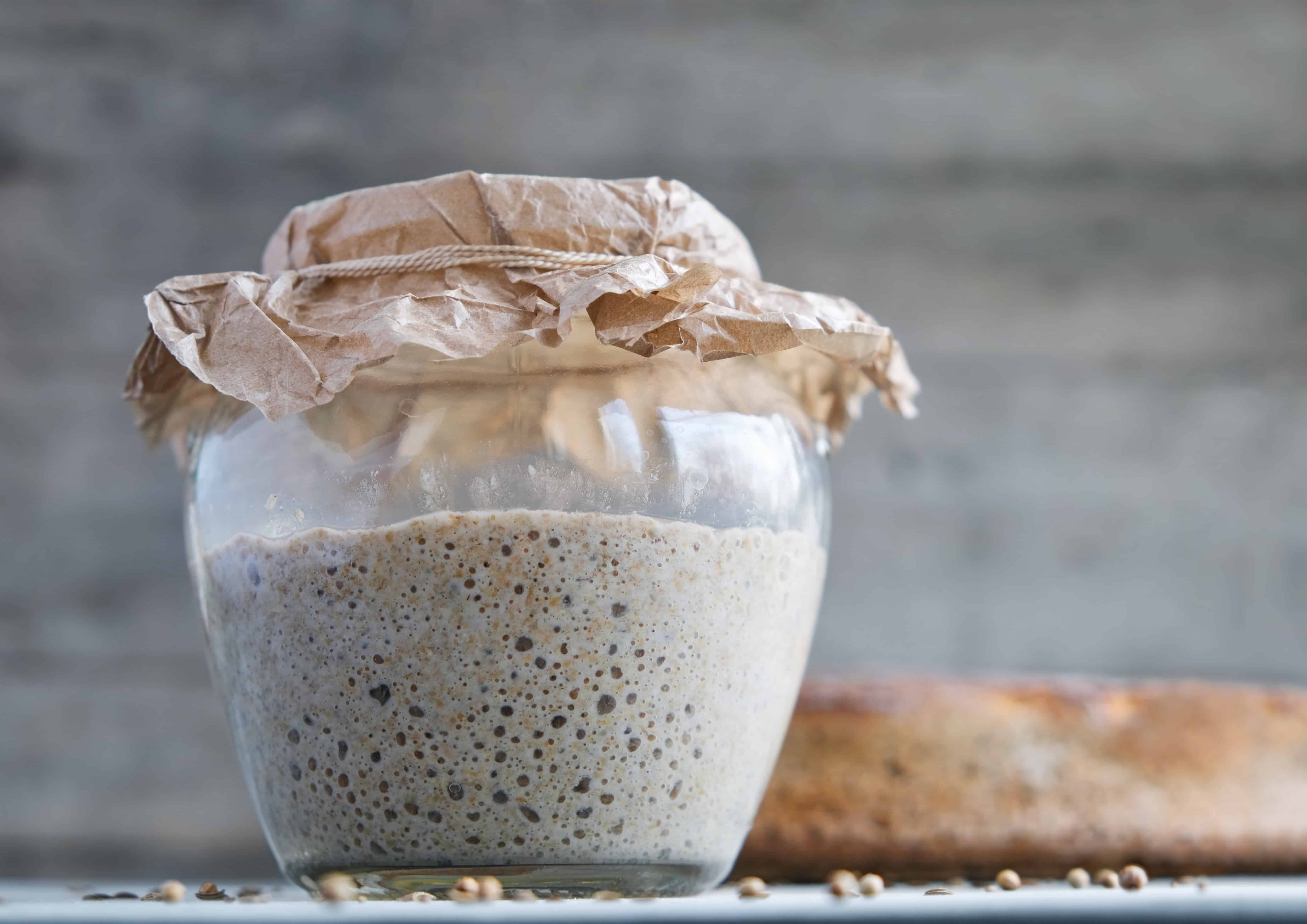
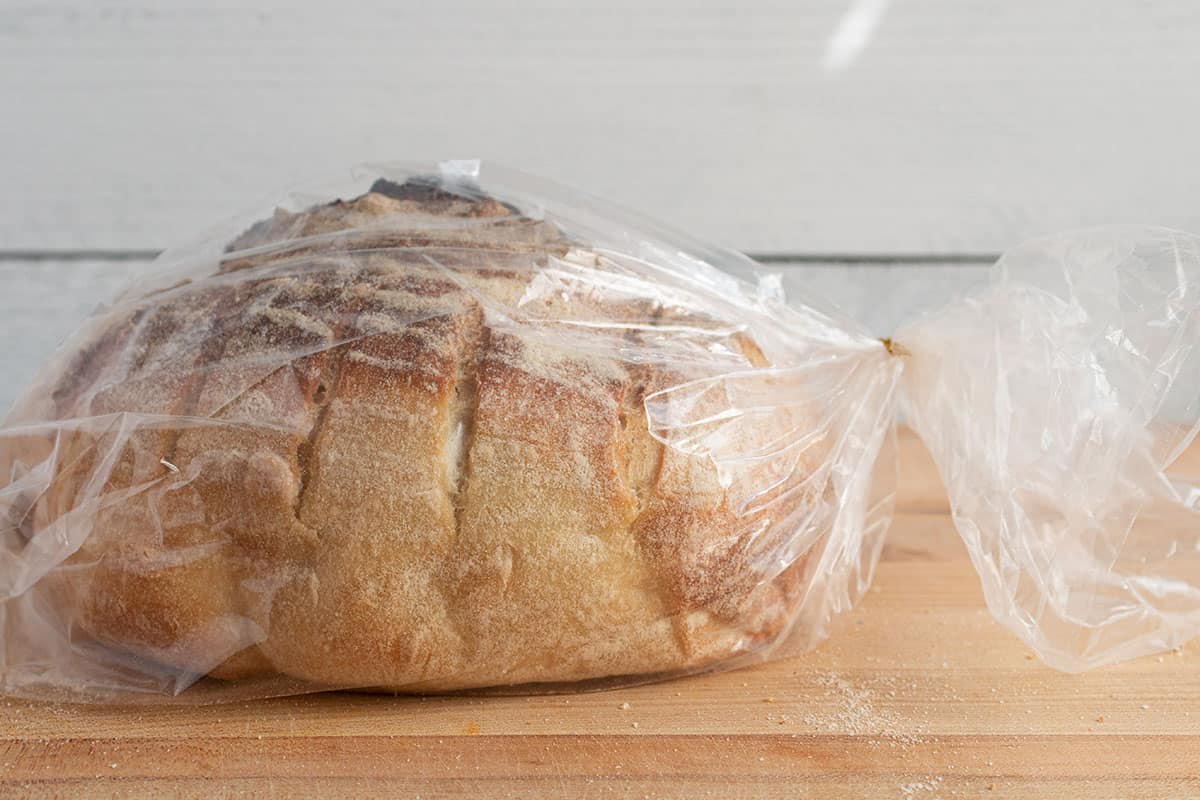
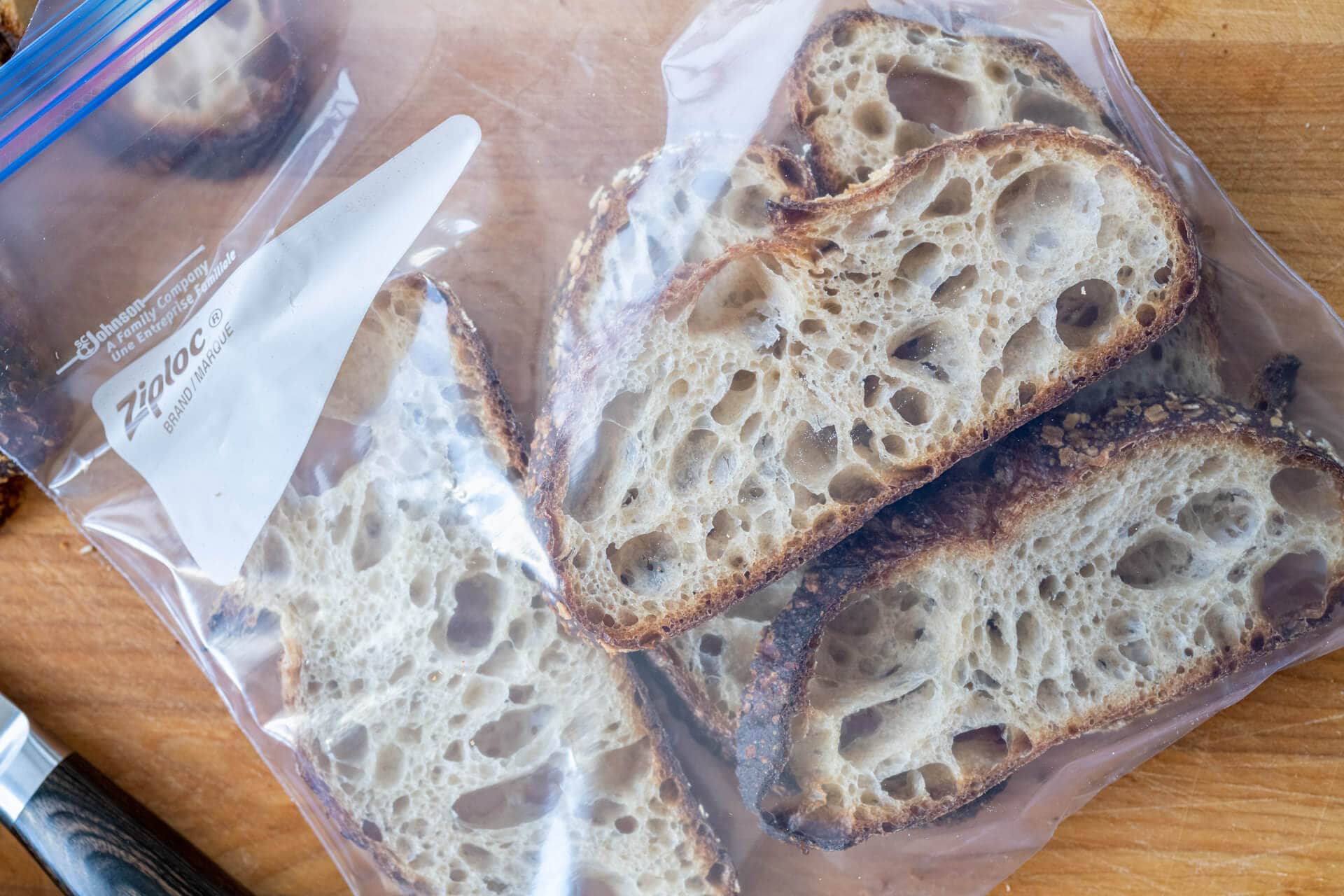
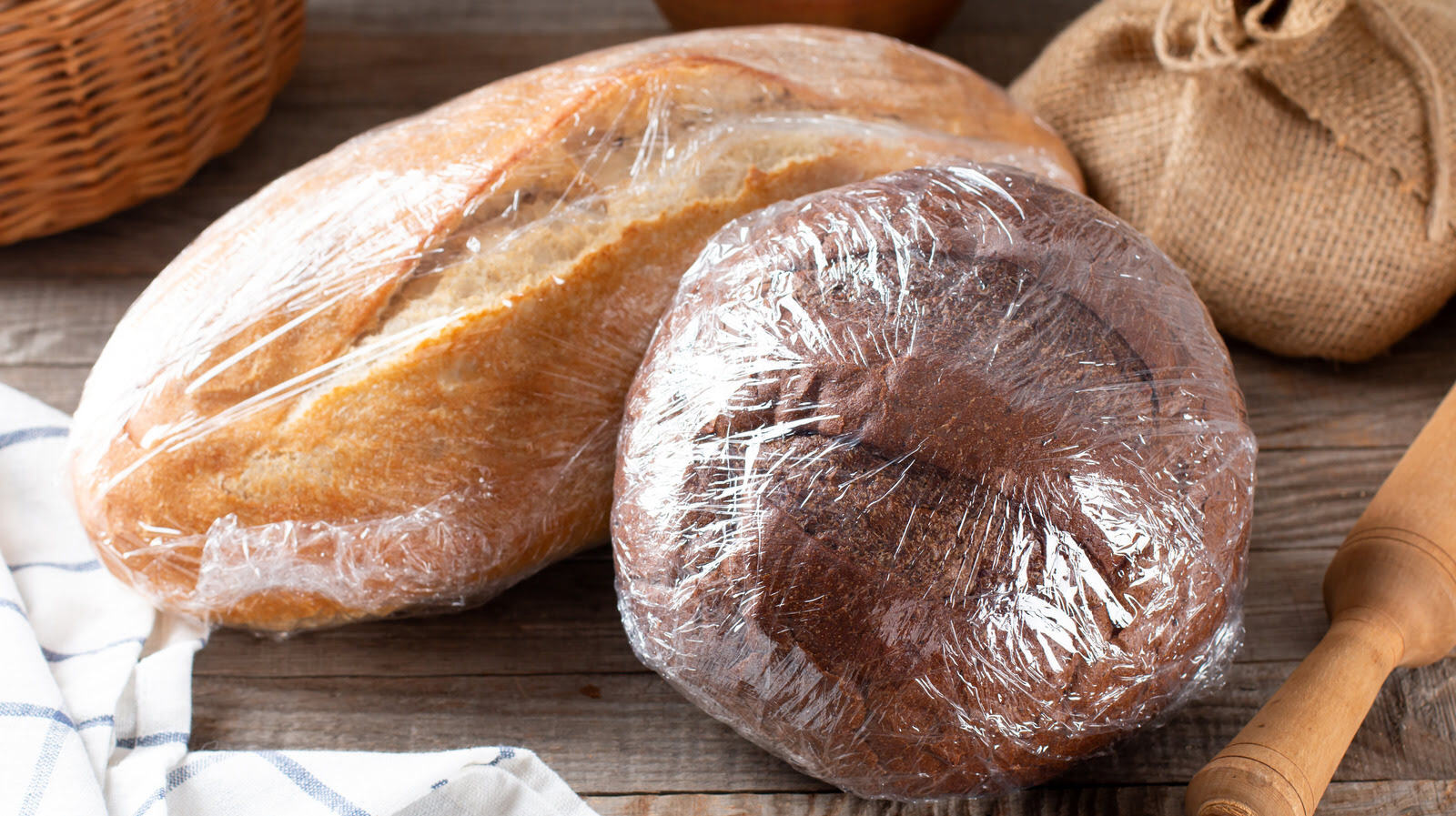
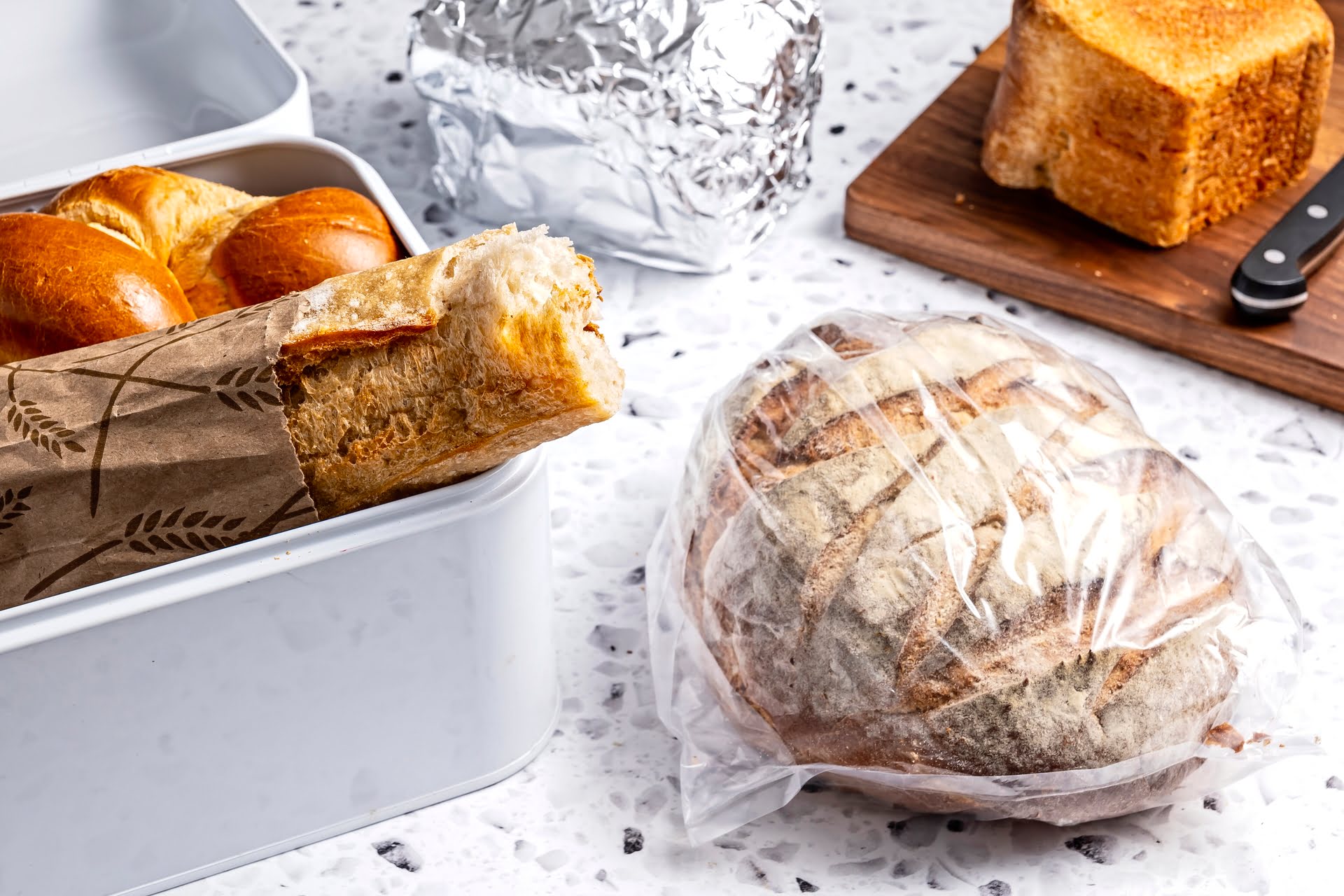
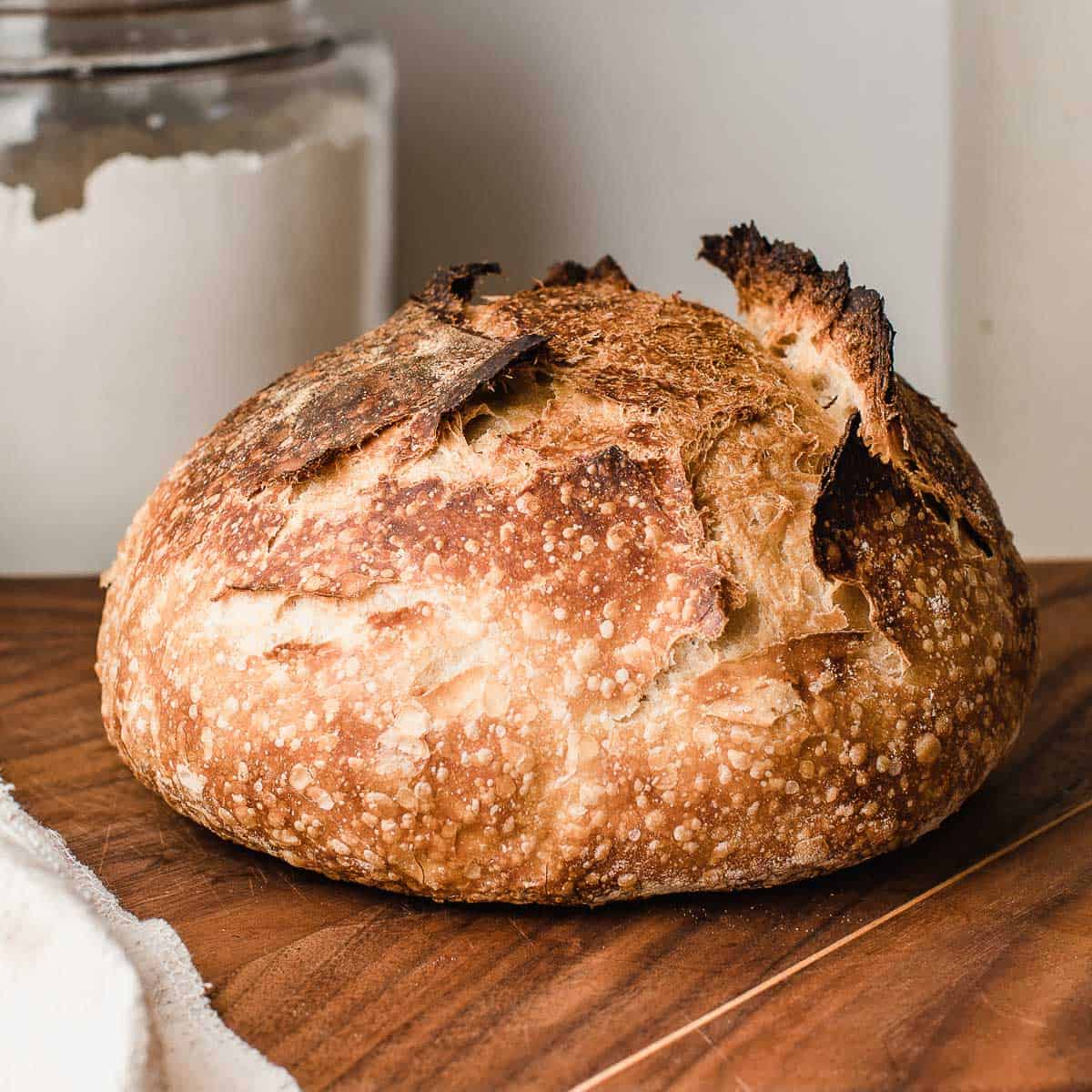
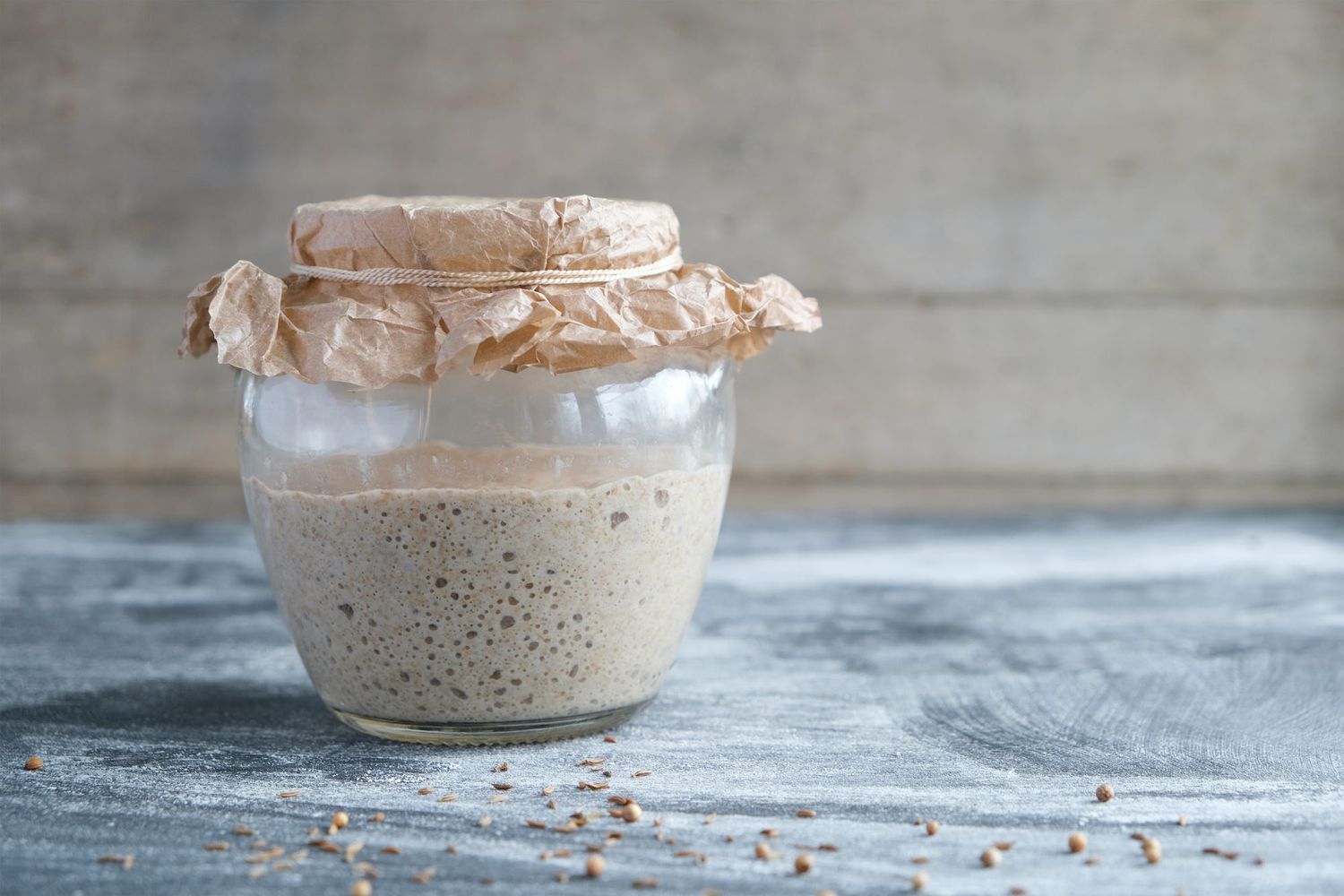
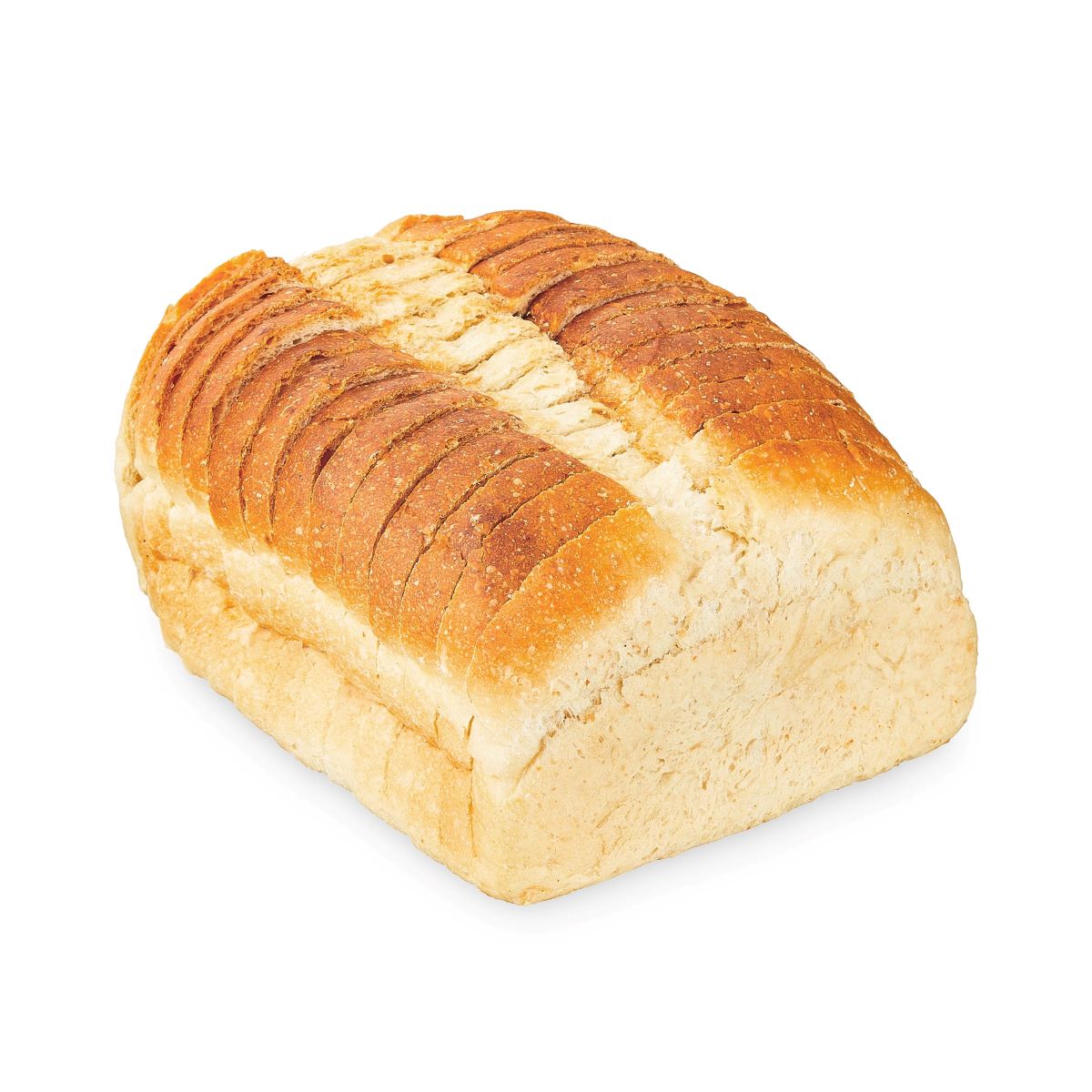
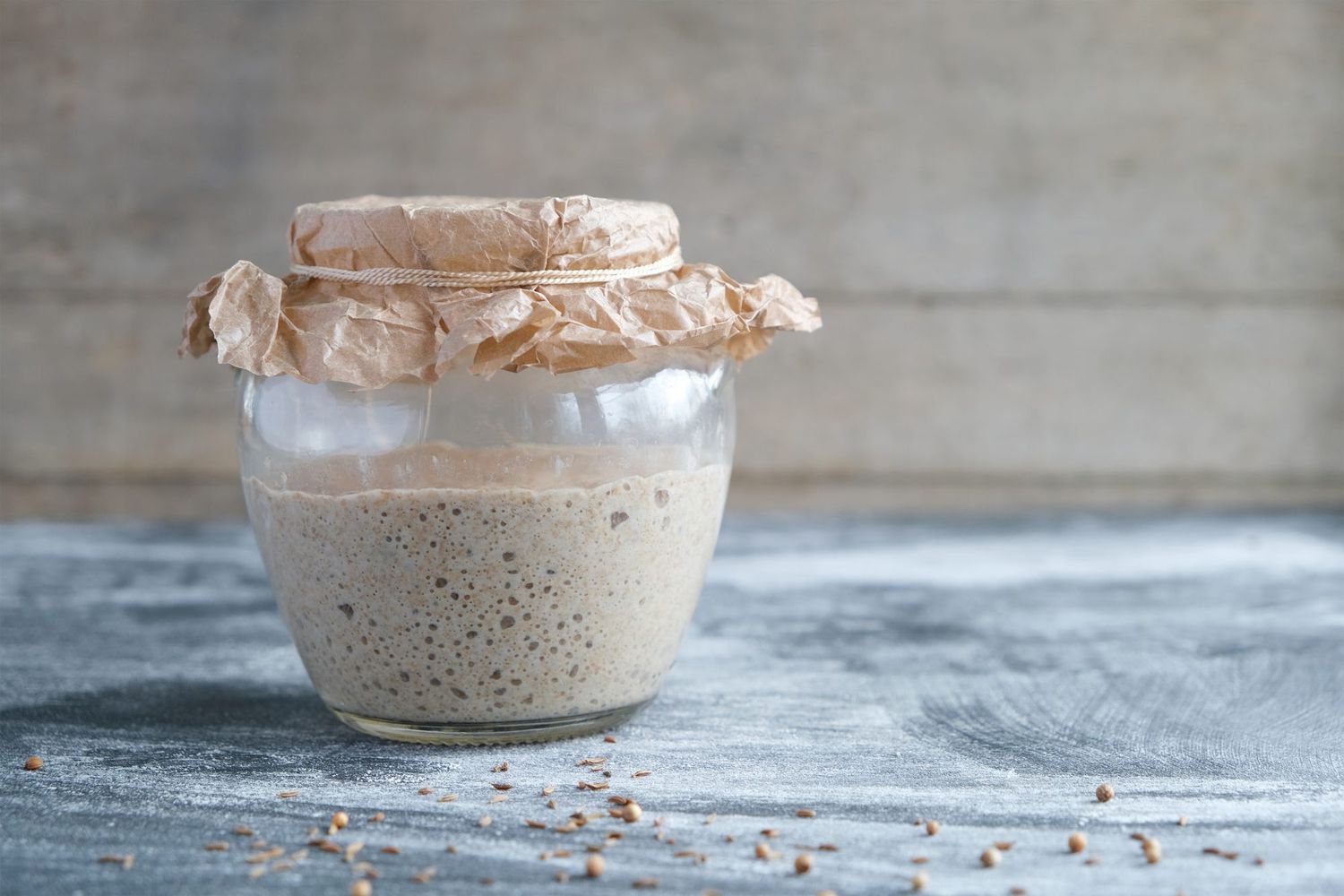
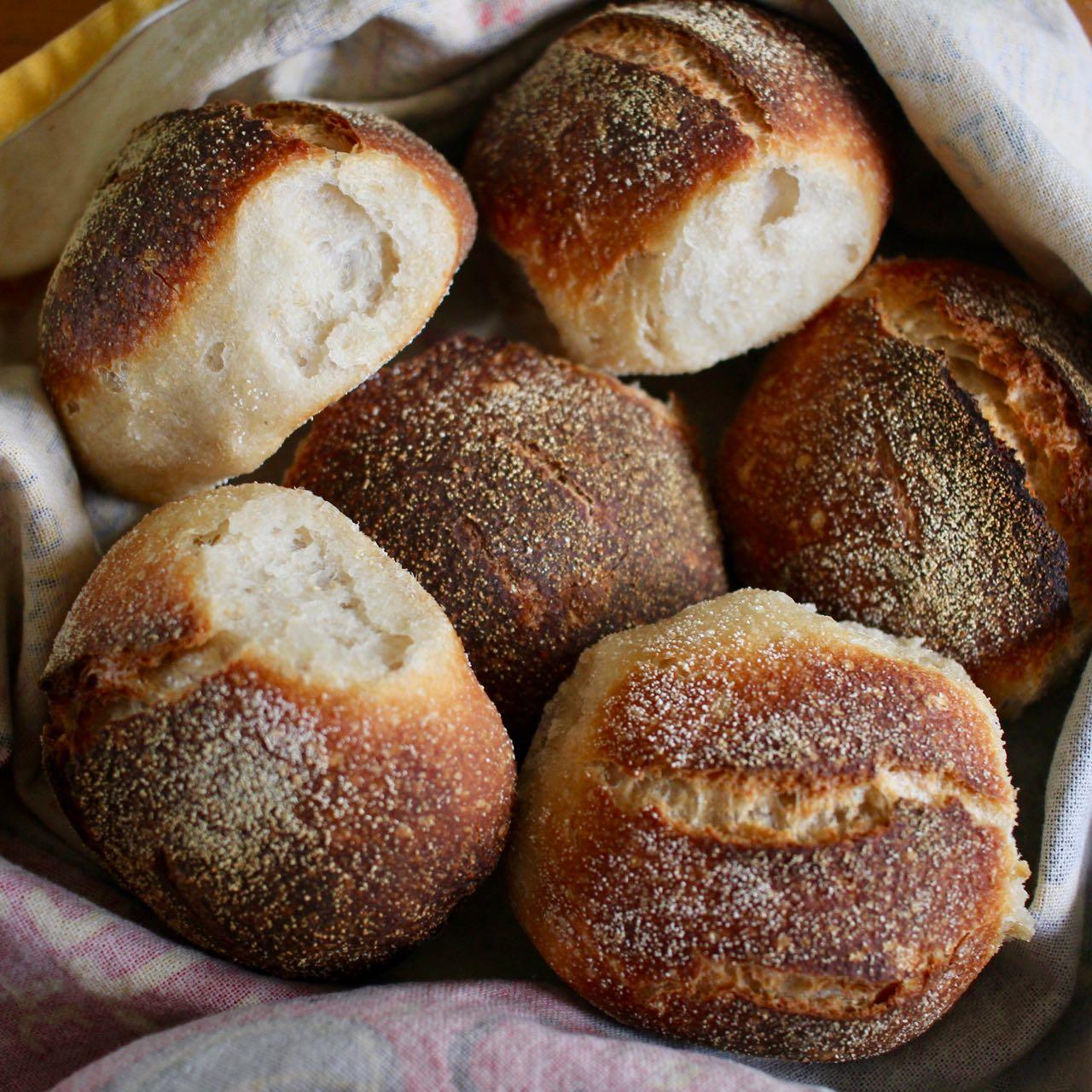
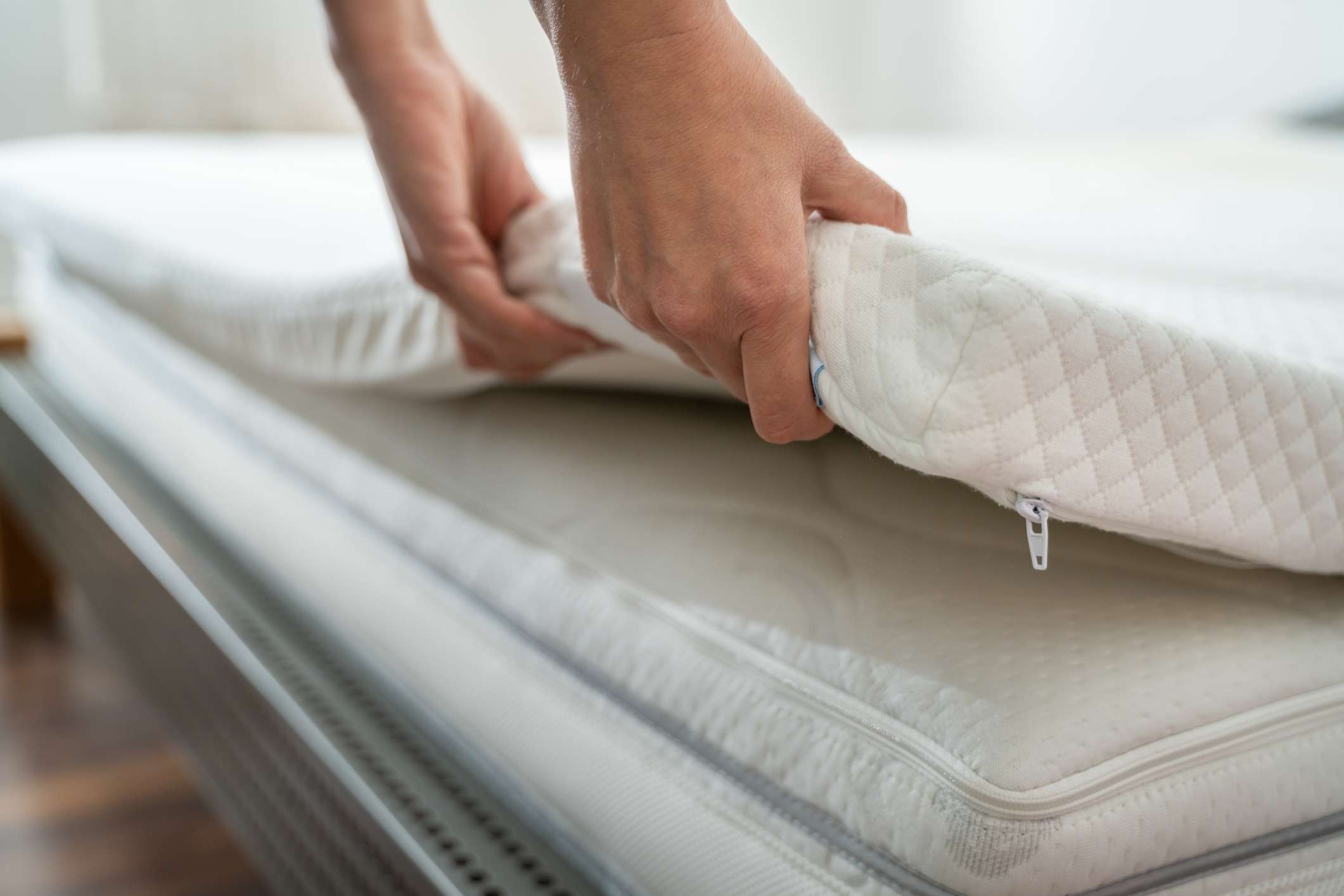
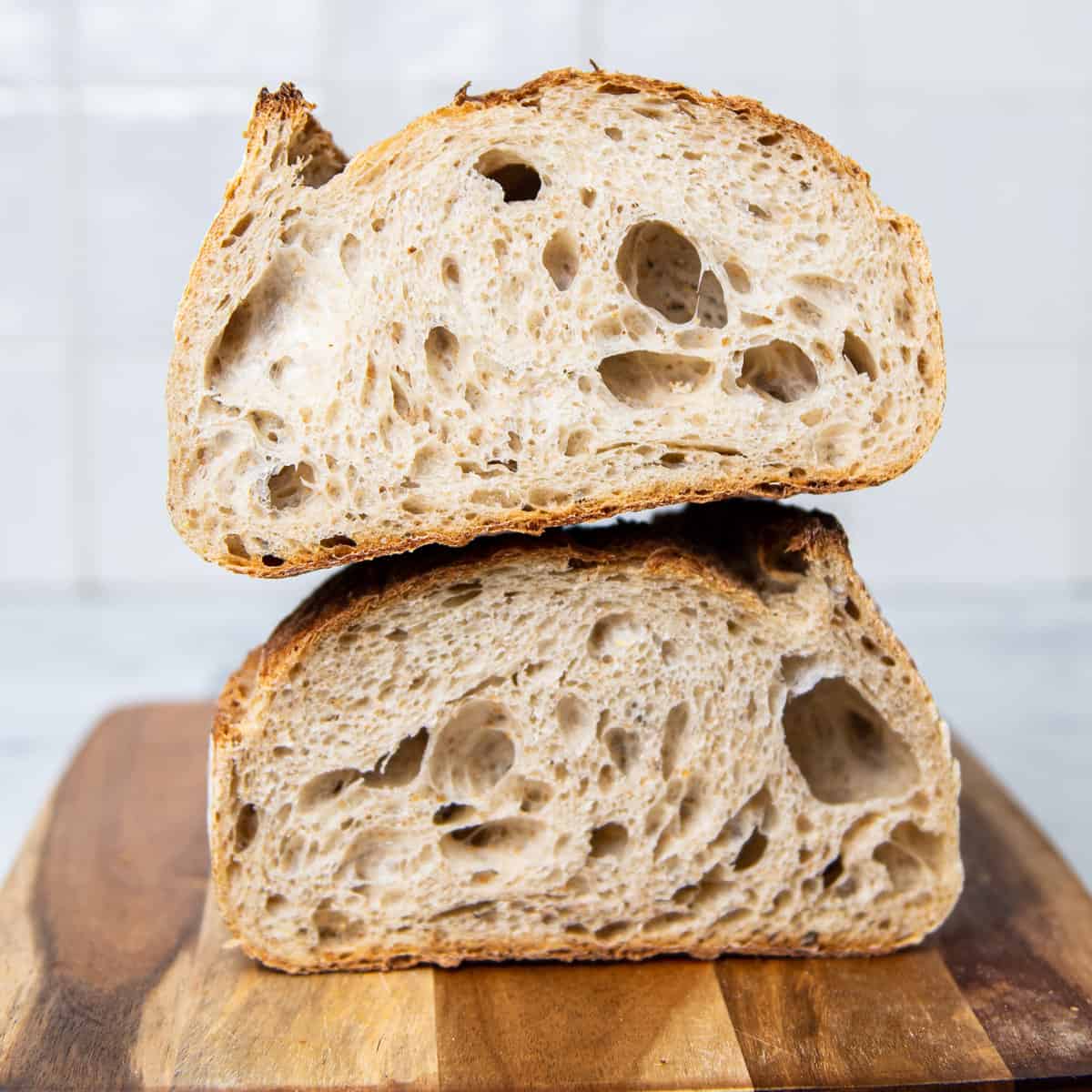
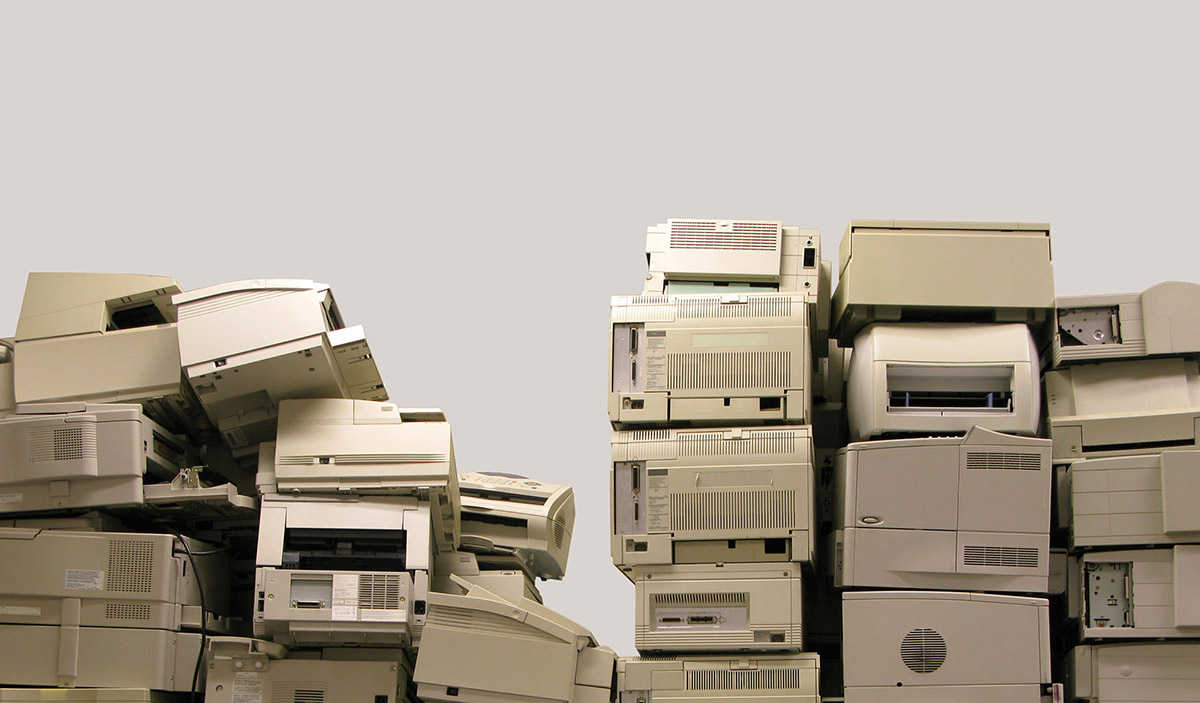
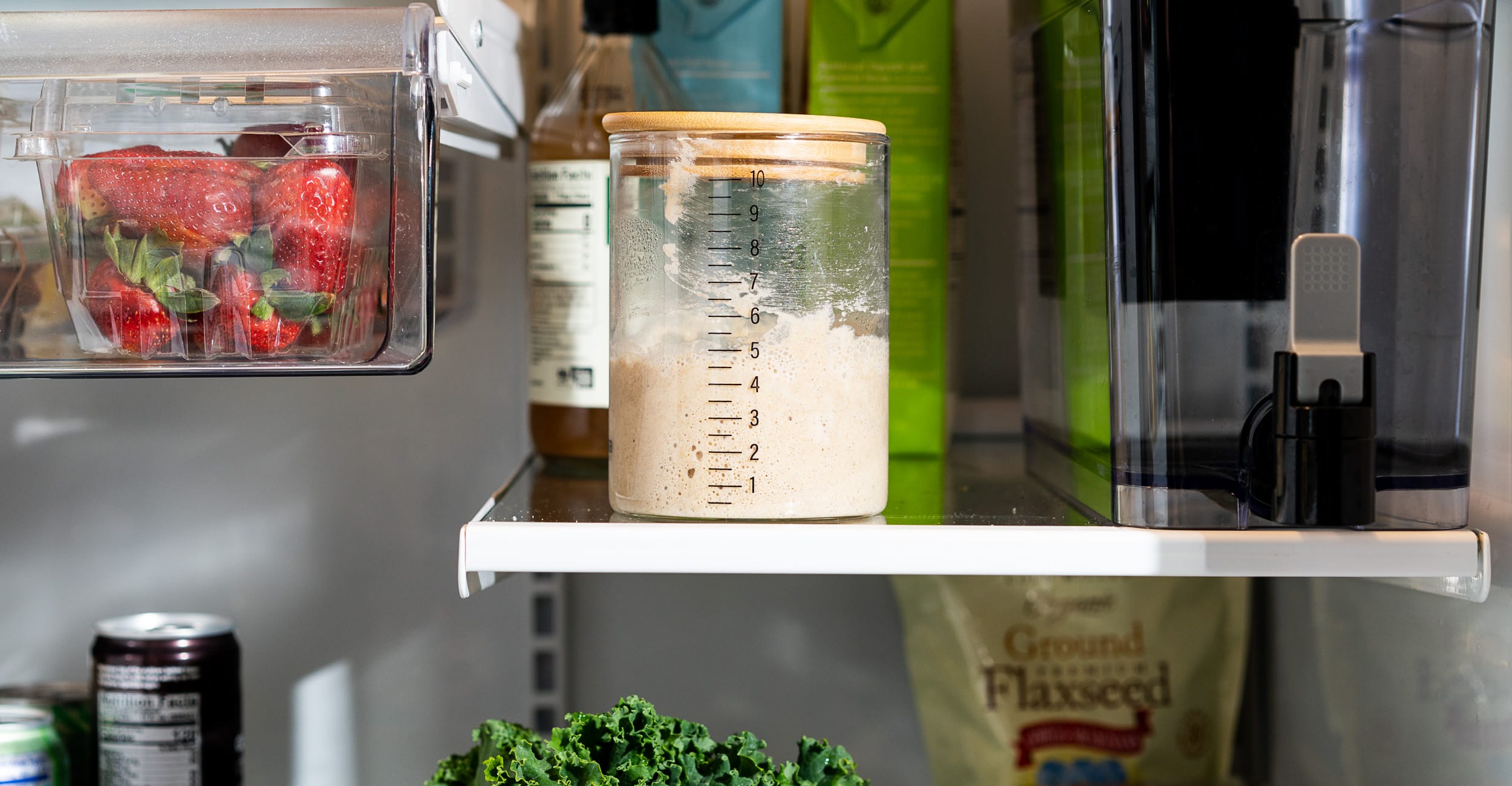

0 thoughts on “How To Store Sourdough Discard”